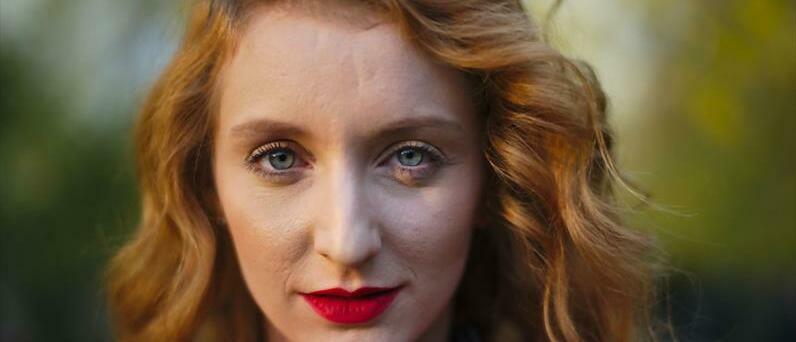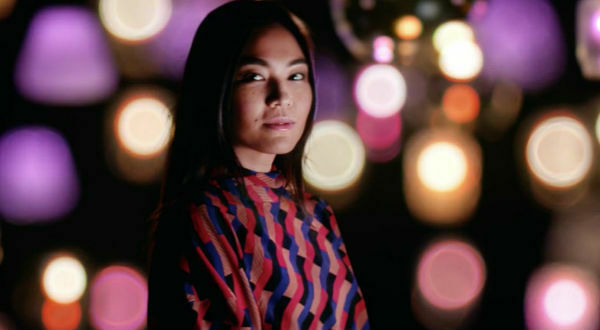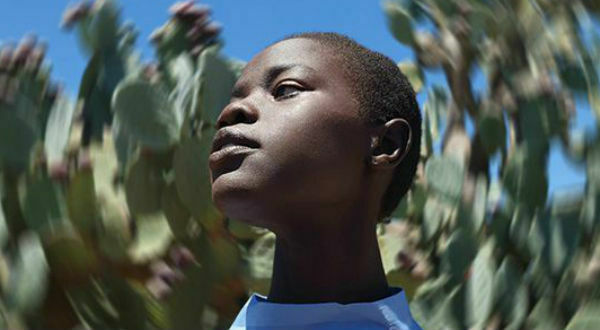Bokeh comes from the Japanese word ‘boke’, which means ‘blur’ or ‘haze’, and the first thing you might be wondering is, how on earth do you pronounce it? Some people say “bo-key”, some go with “boo-kay”.
So, why not check with a Japanese speaking photography expert? According to Ryu Nagase, Product Management Director at Cannon, it’s actually pronounced “boh-keh”. Now we’ve got that cleared up, let’s take a look at what exactly it is and how you can improve your phone pics with it.
What is the bokeh effect?
Simply put, it refers to the blur of objects in your image, other than the subject of your photo. If you’re taking a photo of an item or a person, a bokeh effect can really add a sense of depth to your image while giving the subject a lot more definition.
Until recently, the only way to capture bokeh images was by using an expensive camera with a high-end lens. But now, thanks to some clever tech, you can take beautiful bokeh shots on some of the latest smartphones.
How do you get the bokeh effect?
We’re currently going through a bit of a camera-phone revolution, and manufacturers are all trying to outdo each other with ever more impressive photo capabilities.
On most phones, the feature is called ‘Portrait mode’ and it works by scanning the scene and determining what should be in focus - and what should be out of focus - to get the best possible result.
So, let’s take a look at some of the best phones for bokeh photos.
Huawei P30 Pro
The P30 Pro is the latest flagship phone from Huawei, and it’s a phone that puts the camera front and centre. Huawei has brought a few new things to the phone’s camera that we’ve never seen before, like a completely re-designed light sensor and 10x lossless zoom.The portrait mode has been given a boost too, thanks to Huawei’s ToF (Time of Flight) sensor, which scans your whole scene in an instant to understand exactly where every object is.
The phone then passes everything through its powerful processor to give you one incredible bokeh shot.
Buy the Huawei P30 Pro from iD Mobile
Google Pixel 3
The Pixel 3 takes a slightly different approach to some other manufacturers. Rather than using a fancy sensor like you get on the P30 Pro, it uses Google’s very powerful on-board software. That does mean it takes a few seconds to process your picture after you’ve taken it, but the results are worth waiting for.The software does an incredible job of figuring out what you’ve taken a picture of, and where the scene should be blurred, to add a real sense of depth to your photo.
It’s super easy to use, just open up your camera app and tap ‘Portrait’, then take your photo. After a few seconds, the Pixel 3’s software will have done its job on your image.
Buy the Google Pixel 3 from iD Mobile
Samsung Galaxy S10
Samsung’s latest flagship phone, the S10 doesn’t just stop at a fancy blur effect, you can adjust the amount of blur in your background and even alter the depth of field. You also get a few extra effects like Spin Bokeh, Zoom Bokeh and Colour Point, so whatever scene you’re shooting, you’ve got plenty of options to make it look incredible.As well as getting stunning bokeh pics from the main camera, the S10 also comes with a dual lens front camera that lets you experiment with the depth of field in your selfies, using the Live Focus feature. This can really change the mood of your selfies, it’ll look like your new profile pic was taken in a studio.
Buy the Samsung Galaxy S10 from iD Mobile
If you've got any bokeh tips or questions, post them below!






